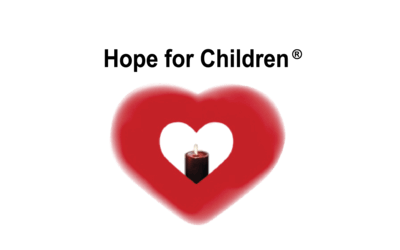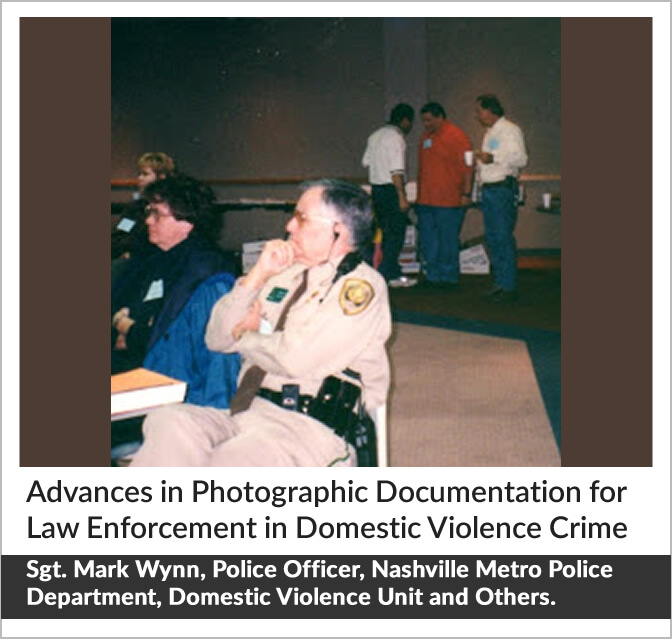Training Videos recorded by experts at the Hope For Children Conferences
Hope For Children Conference Epilogue
What Children Need
Children can be better protected from the effects of domestic violence and better supported in healing following exposure to this violence. Children need a safe and secure home environment. Every child has the right to grow up safe from harm and should feel that those they love are also protected. Violence in the home shatters a child’s basic right to feel safe and secure in the world. Children need the violence to stop. Children need to know that there are adults who will listen to them, believe them and shelter them.
Adults Advocating for Children
Adults who work with children, including teachers, social workers, relatives, and parents themselves, need the awareness and skills to recognize and meet the needs of children exposed to violence in the home and to refer children to appropriate services. Close, dependable relationships can also help children reduce the stress of living in a violent home. Children who have an adult who gives them love, warmth and attentive care cope better than those who do not.23 Children who are exposed to violence in the home need to know that they are not alone and that the violence is not their fault. Children need a sense of routine and normalcy.
Violence in the Home
Violence in the home can turn a child’s world upside down. Routines such as going to school and participating in recreational activities are vital for children’s development and well-being and should be maintained. Children need support services to meet their needs. Responses to children exposed to domestic violence should be comprehensive and holistic, taking into account the range of effects and needs of different children. Children must have places to go that are safe
and supportive, whether it be with extended family or at a domestic violence shelter. Studies suggest that providing interventions to abused mothers can also have benefits to children,24 especially where these efforts take into account the specific needs of children. Children need to learn that domestic violence
is wrong and learn non-violent methods of resolving conflicts.
Re-affirm Children
Children must hear it re-affirmed that domestic violence is wrong. They have to see alternative role models in order to grow up with a positive idea of the future. Several countries have instituted programs that teach young people how to avoid violence in personal relationships. Schools are key in the strategy. School-based programs can reduce aggression and violence by helping children to develop positive attitudes and values, and a broader range of skills to avoid violent behavior. Other successful programs emphasize conflict resolution, cooperative play and positive role models.
Break the Silence
Children need adults to speak out and break the silence. Children who are exposed to violence in the home need to know that things can change and that violence in the home can end. Children need hope for the future. Public education and awareness-raising campaigns on domestic violence should focus more on the impact on children and specific ways to address this hidden problem. Governments and other public institutions should speak out about the impact of violence in the home on children.
Hope for Children Foundation Board of Directors













